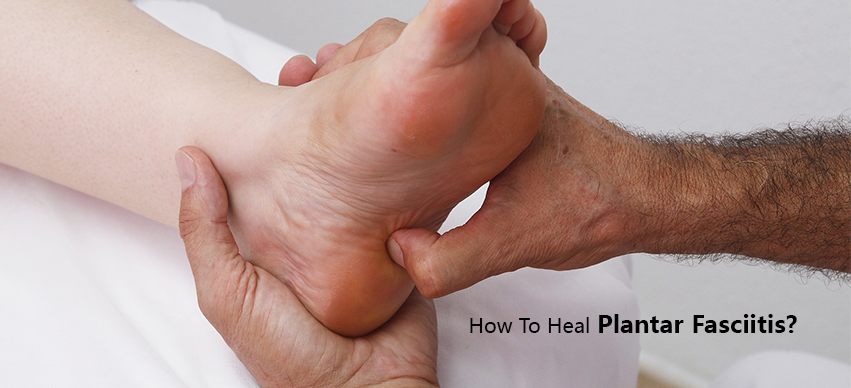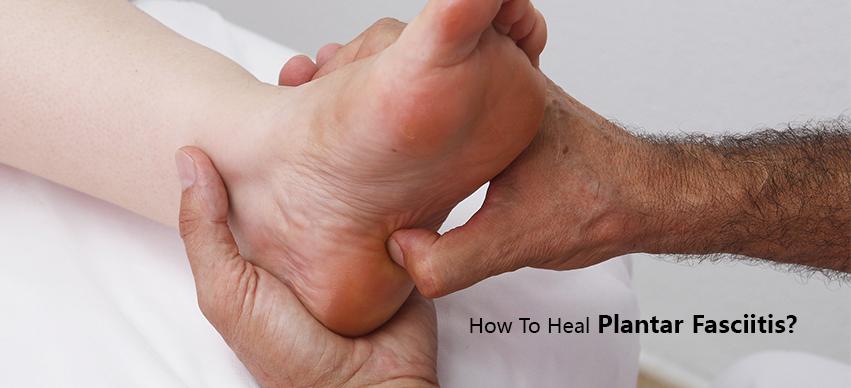Microplastics in Humans: Understanding the Risks and How to ..
8 Min Read


Our feet are prone to get injured as they carry the entire weight of the body. This can lead to specific temporary as well as permanent foot issues. But, the most prominent one is plantar fasciitis. It is one of the most common orthopedic problems that has seen a significant rise. It is necessary to understand the causes to cure it systematically.
Medically speaking, the plantar fascia is a thick ligament that forms a connection between your heel and the front part of your foot. It is a natural shock-absorber that allows you to walk by supporting your arches. Such a ligament undergoes excessive wear and tear due to the constant and rigorous foot movements.
Such pressure can potentially tear the ligament, causing the plantar fascia to get inflamed. Such circumstances can lead to heel pain, stiffness, and discomfort.
According to research, approximately two million people suffer from plantar fasciitis annually. On average, it takes six-eighteen months to treat plantar fasciitis. This can differ according to the severity of the situation.
There have been several remedies for plantar fasciitis like taking rest, wearing heel pads or walking casts, anti-inflammatory drugs, dabbing ice pack, taping, ultrasound, steroid injection, shock wave therapy, surgery, Achilles stretching, night splints, magnetic insole, etc.
The following are some of the medically-backed remedies and exercise that can help treat plantar fasciitis;
Time and again, it has been proven through research that is a valuable remedy for plantar fasciitis.
This makes the patient stand with the legs facing towards a wall with both the hands stretched out.
This exercise has proven to be more successful than low-dose shock wave therapy in treating plantar fasciitis.
Foot movement can improve and increase the blood flow to the targeted area and relives the tension and pain in the calf.
You will need an elastic stretch band to perform this exercise.
Placing a rolling object under your foot and rolling back and forth can significantly loosen up the built-up tension in the foot muscles. You must invest in a reliable foot roller to perform this exercise.
Besides exercising, specific subtle manners can help treat plantar fasciitis, like wearing comfortable and supportive footwear.
Choose footwear that can provide adequate arch support while also having low heels. You can look for the best slippers to wear if you have plantar fasciitis. There are plenty of options available online that can help you make a better decision for your feet.
In addition to the methods mentioned above, you can also try simple solutions like applying ice over the painful area for 15-20 minutes. This can reduce inflammation and relieve you from the pain. Wrap the ice-pack with a cotton cloth and gently dab on the affected area.
You can also try losing weight that can remove the excess pressure from the foot.
Lastly, proper rest can do the trick in treating plantar fasciitis. It is crucial to take a break at regular intervals to allow your foot to heal and recover.
It is a common assumption that plantar fasciitis will require extensive surgery. However, people have recovered from it with physiotherapy and a change in diet. But if the situation worsens or the pain persists, we highly advise you to consult your podiatrist on an immediate basis.